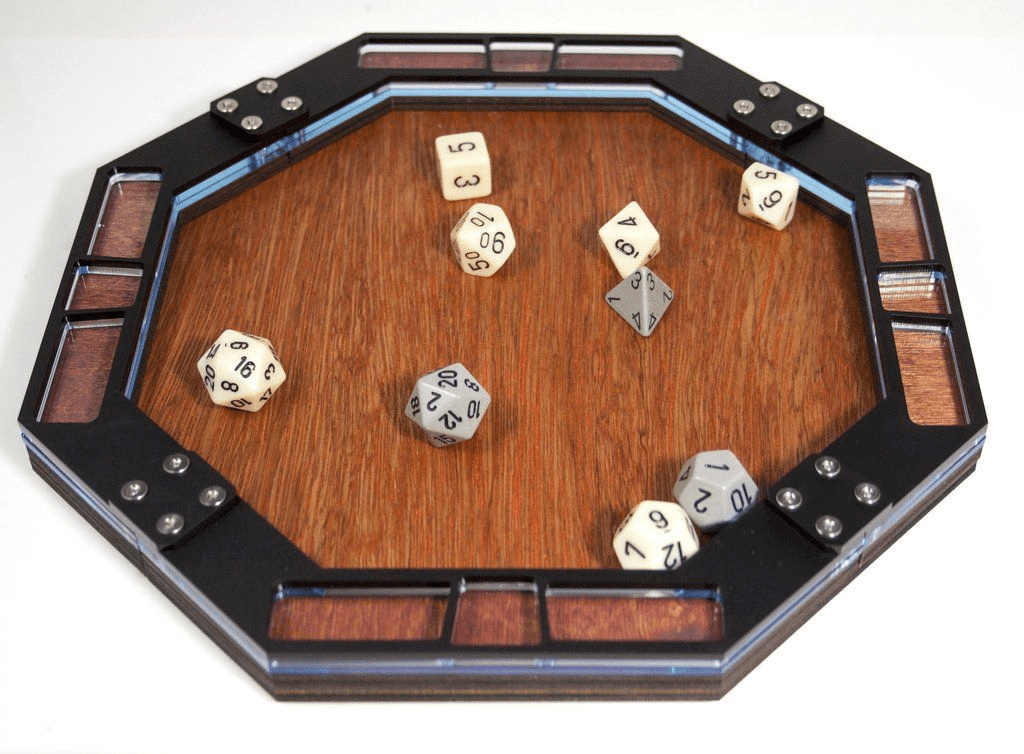And if you are interested in rolling the set of any identical values - not just three 15s, but three of any number - you simply multiply the result by the total die faces: P = 0.000125 If we consider three 20-sided dice, the chance of rolling 15 on each of them is: P = (1/20) 3 = 0.000125 (or P = 1.25♱0 -4 in scientific notation).
In other words, the probability P equals p to the power n, or P = p n = (1/s) n. The probability of rolling the same value on each die – while the chance of getting a particular value on a single die is p, we only need to multiply this probability by itself as many times as the number of dice. There is a simple relationship – p = 1/s, so the probability of getting 7 on a 10-sided die is twice that of a 20-sided die. n – the number of dice, s – the number of individual die faces, p – the probability of rolling any value from a die, and P – the overall probability for the problem. We can distinguish a few, which you can see in this dice probability calculator.īefore we make any calculations, let's define some variables which we'll use in the formulas. Well, the question is more complex than it seems at first glance, but you'll soon see that the answer isn't that scary! It's all about maths and statistics.įirst of all, we have to determine what kind of dice roll probability we want to find.


